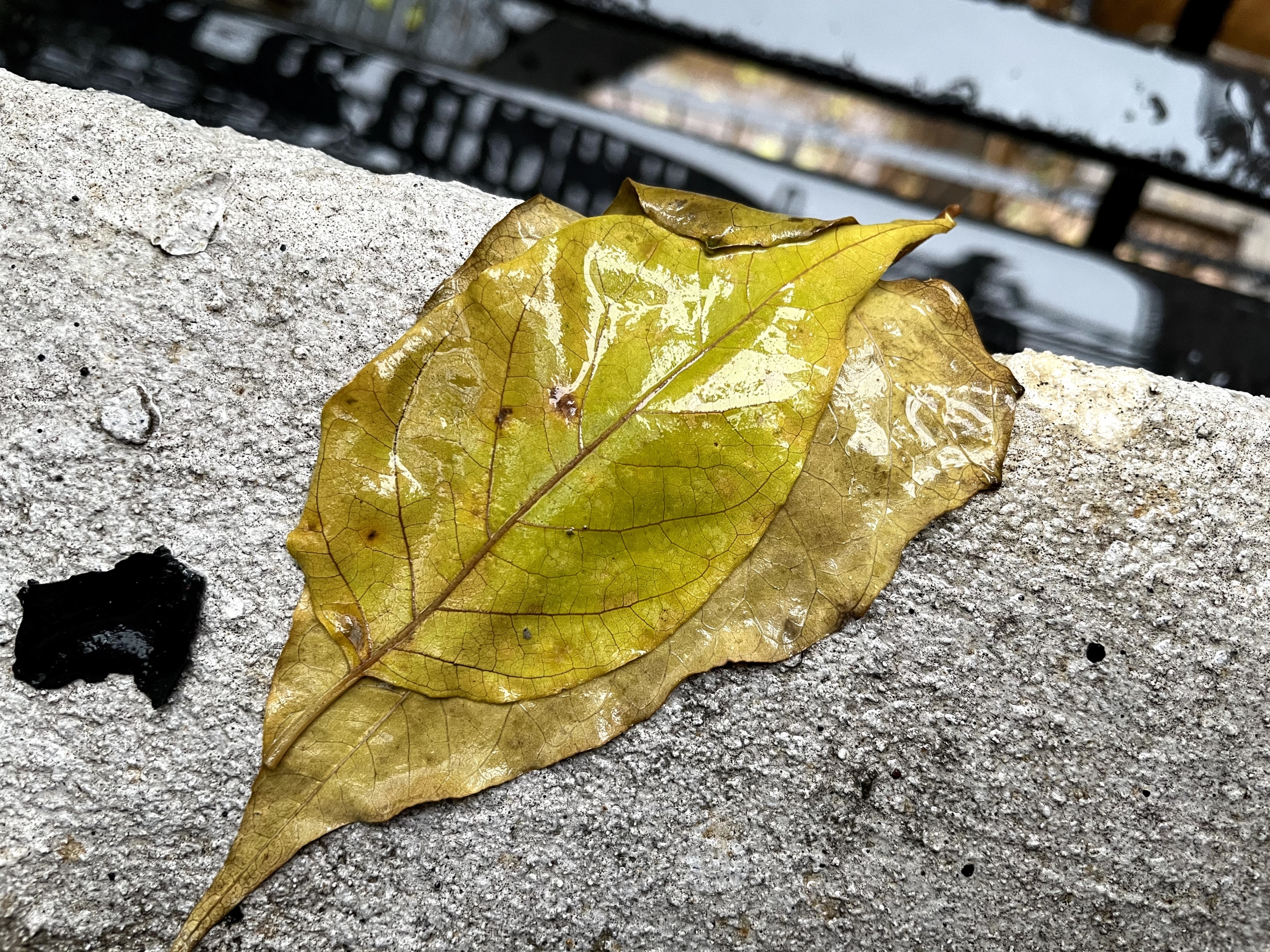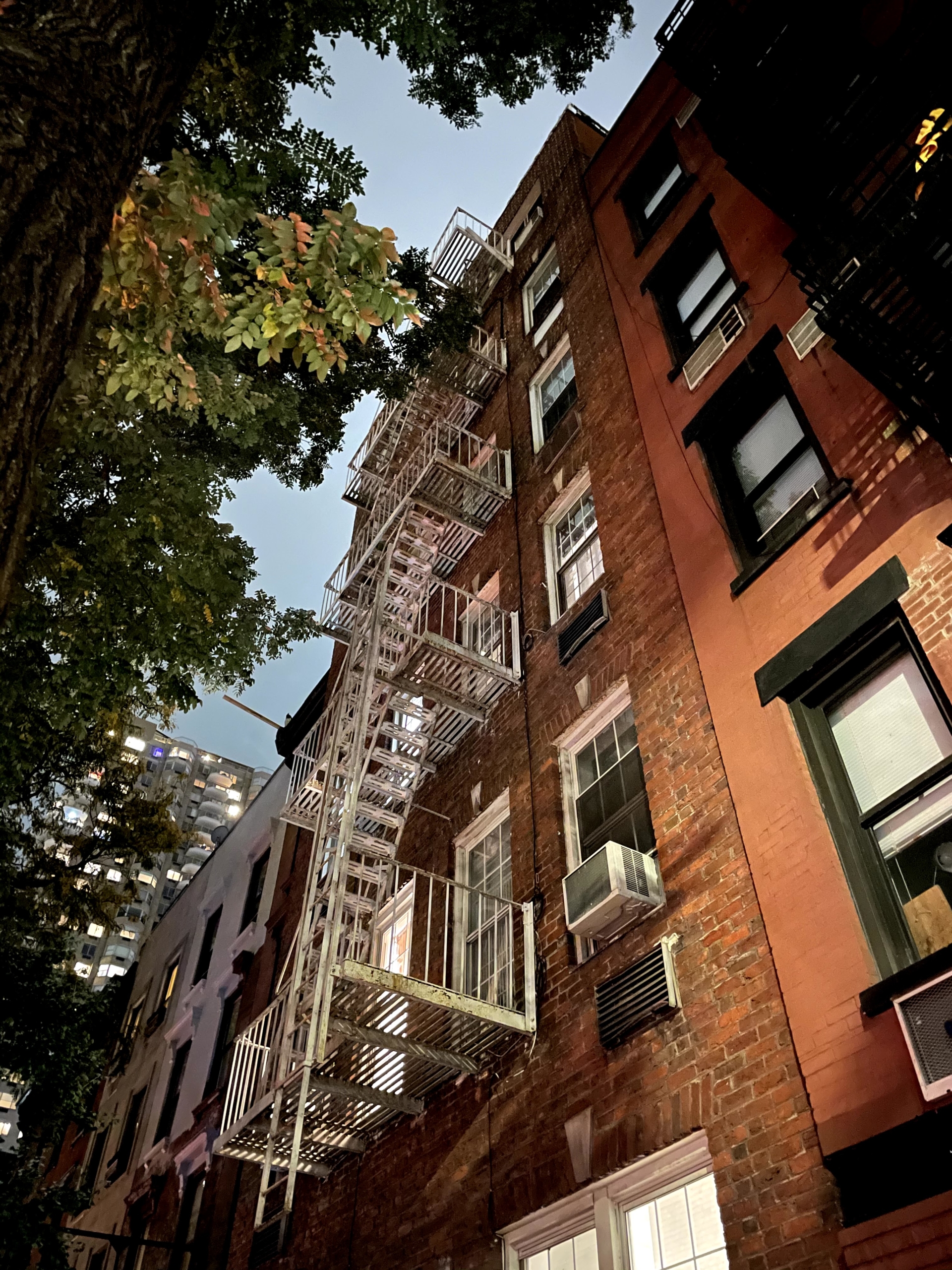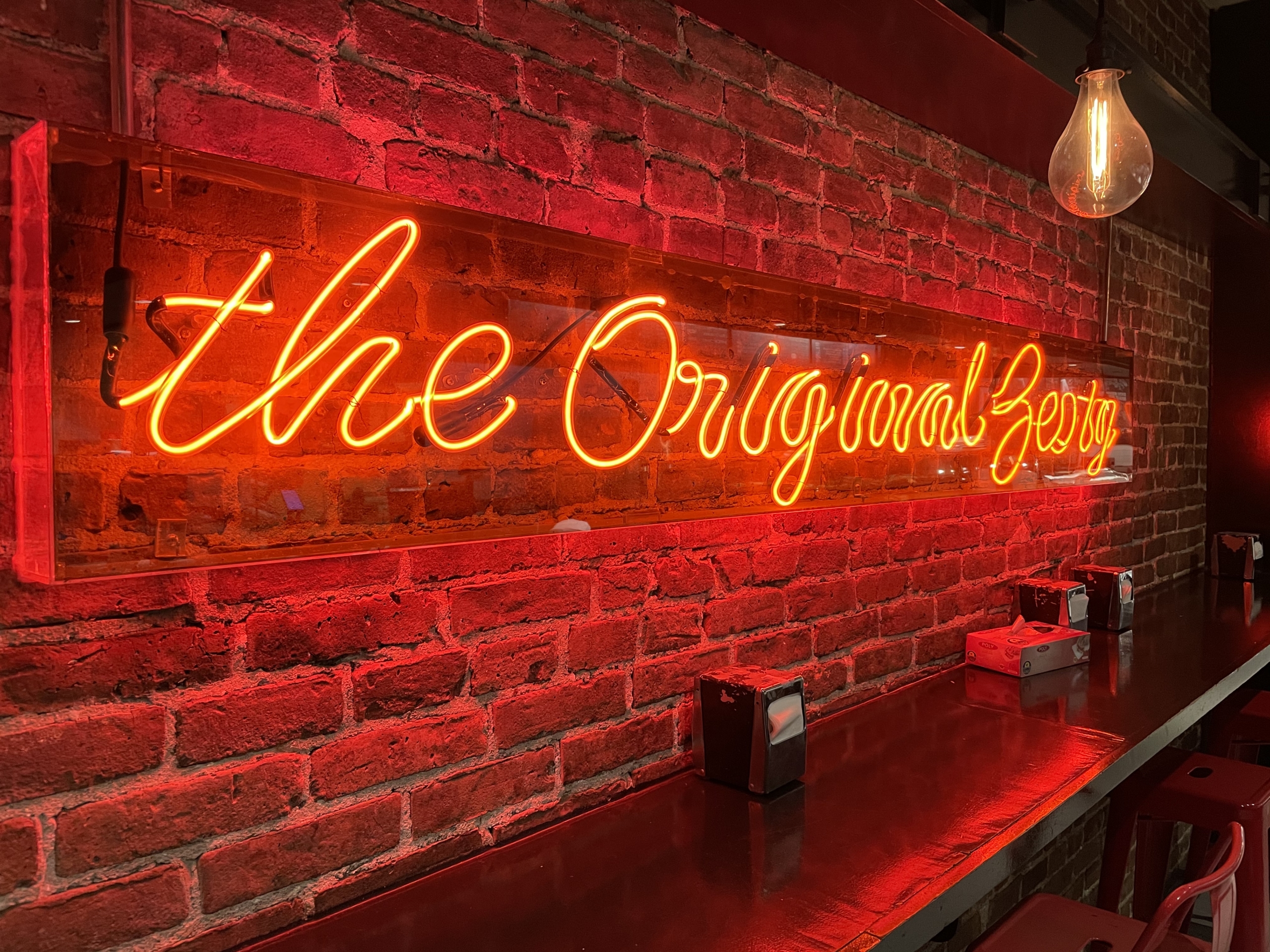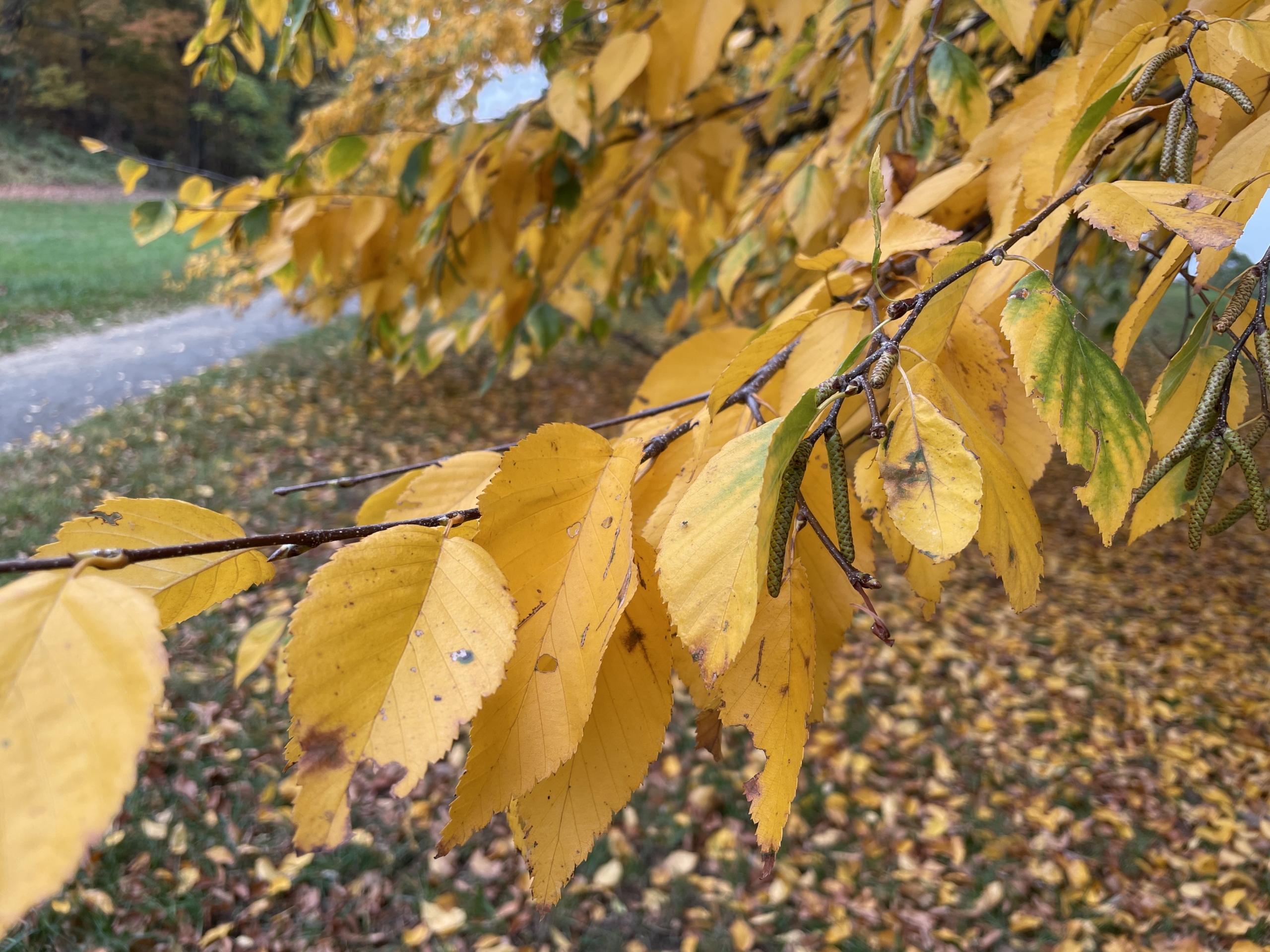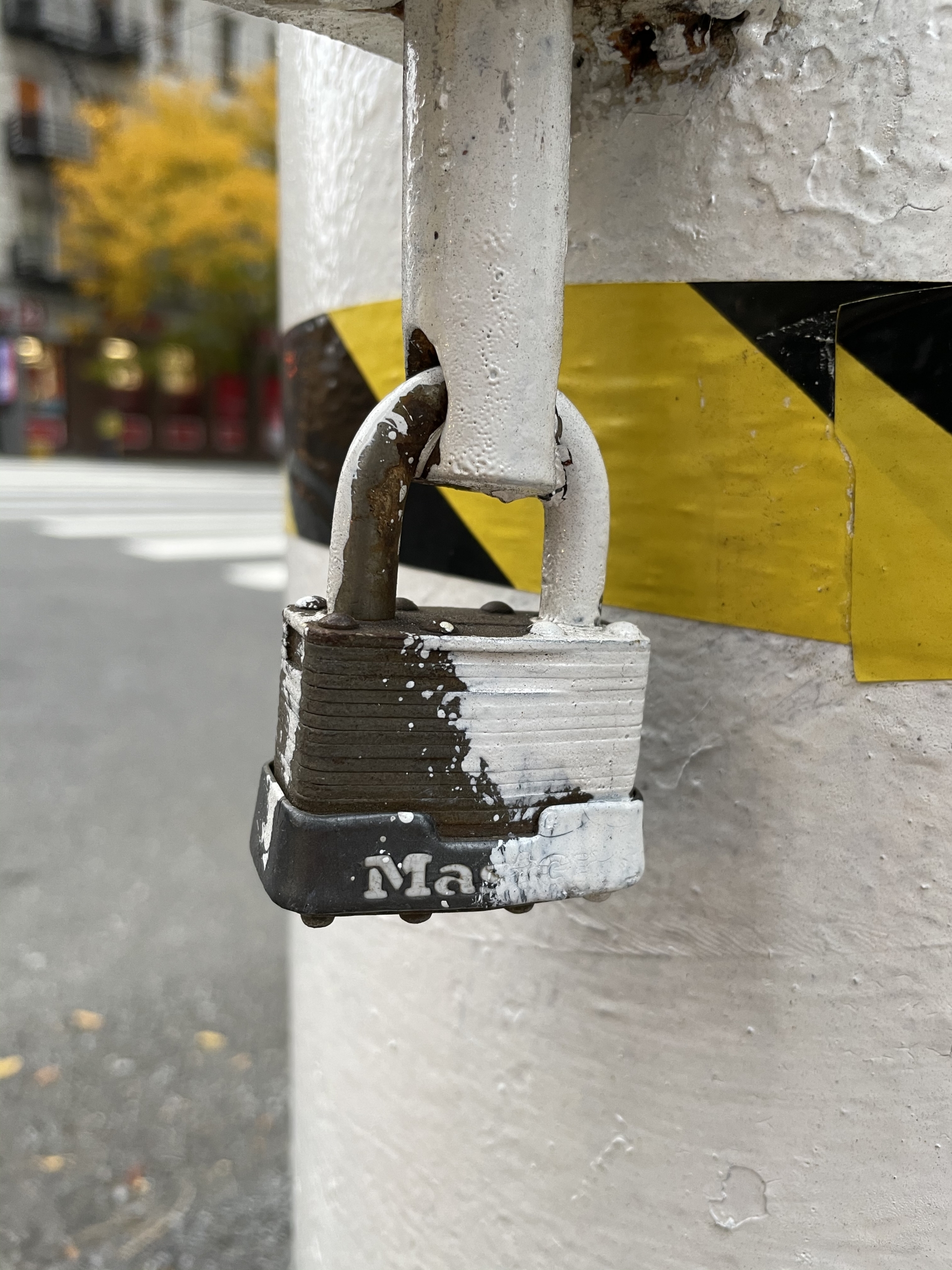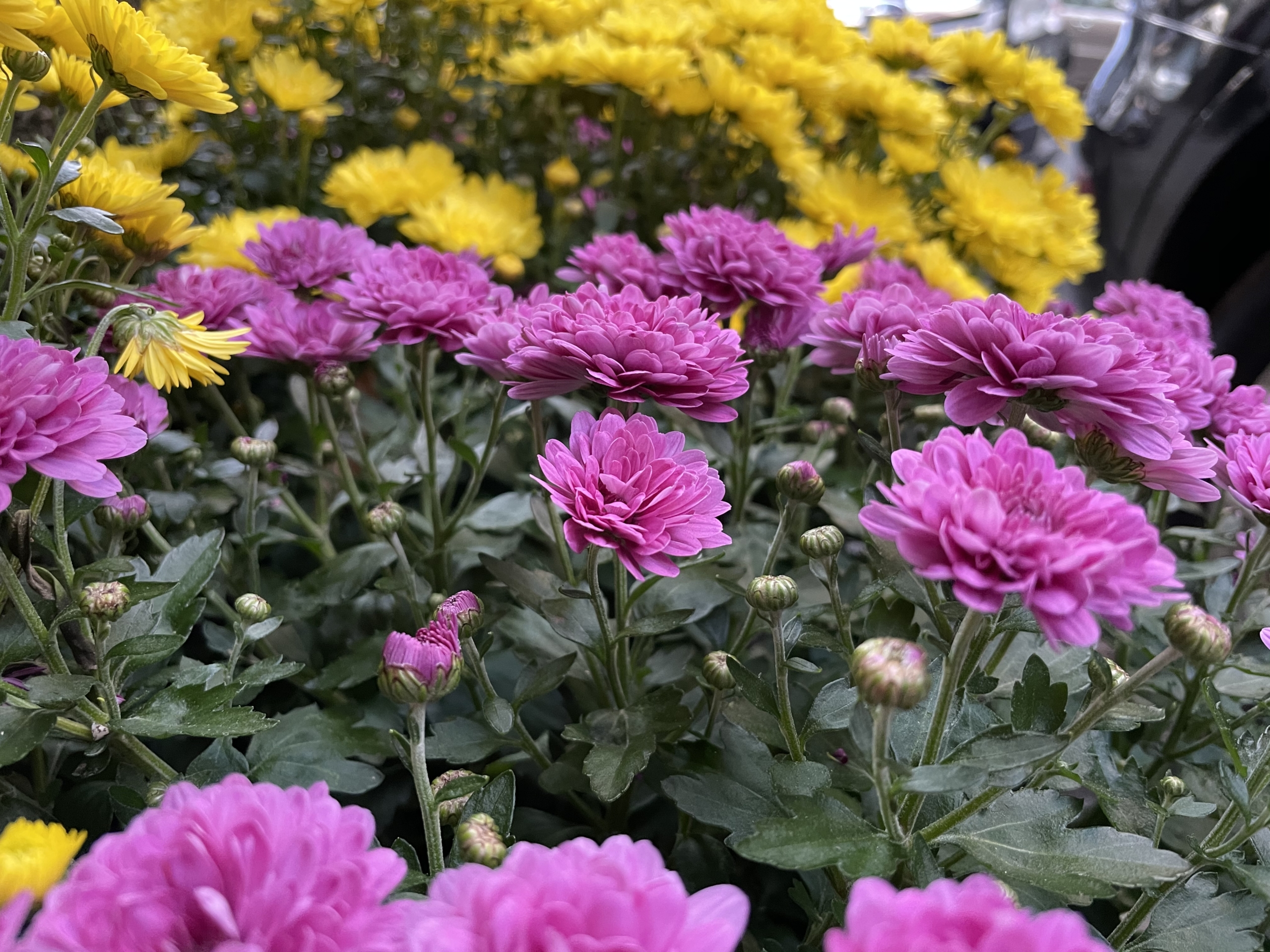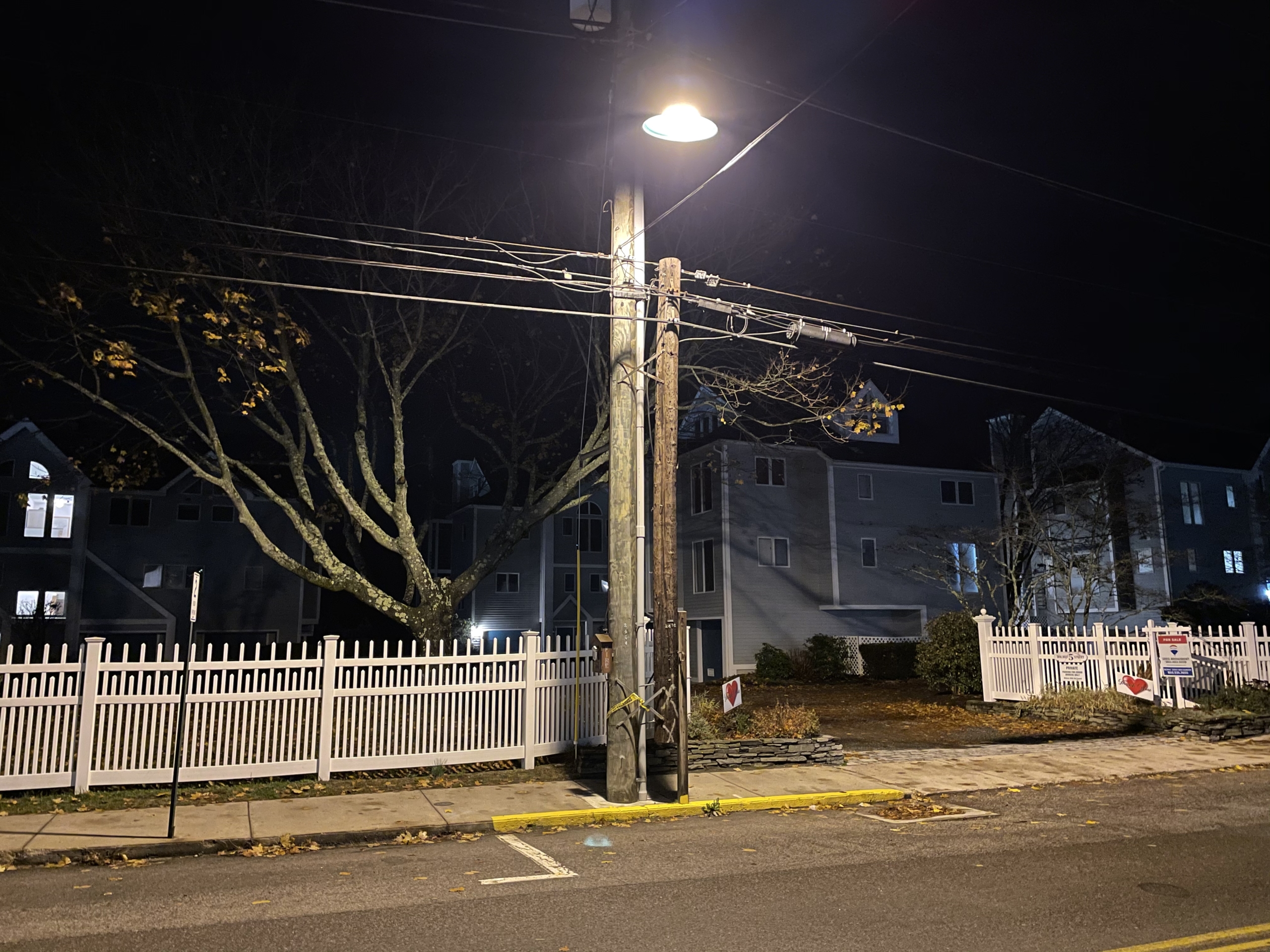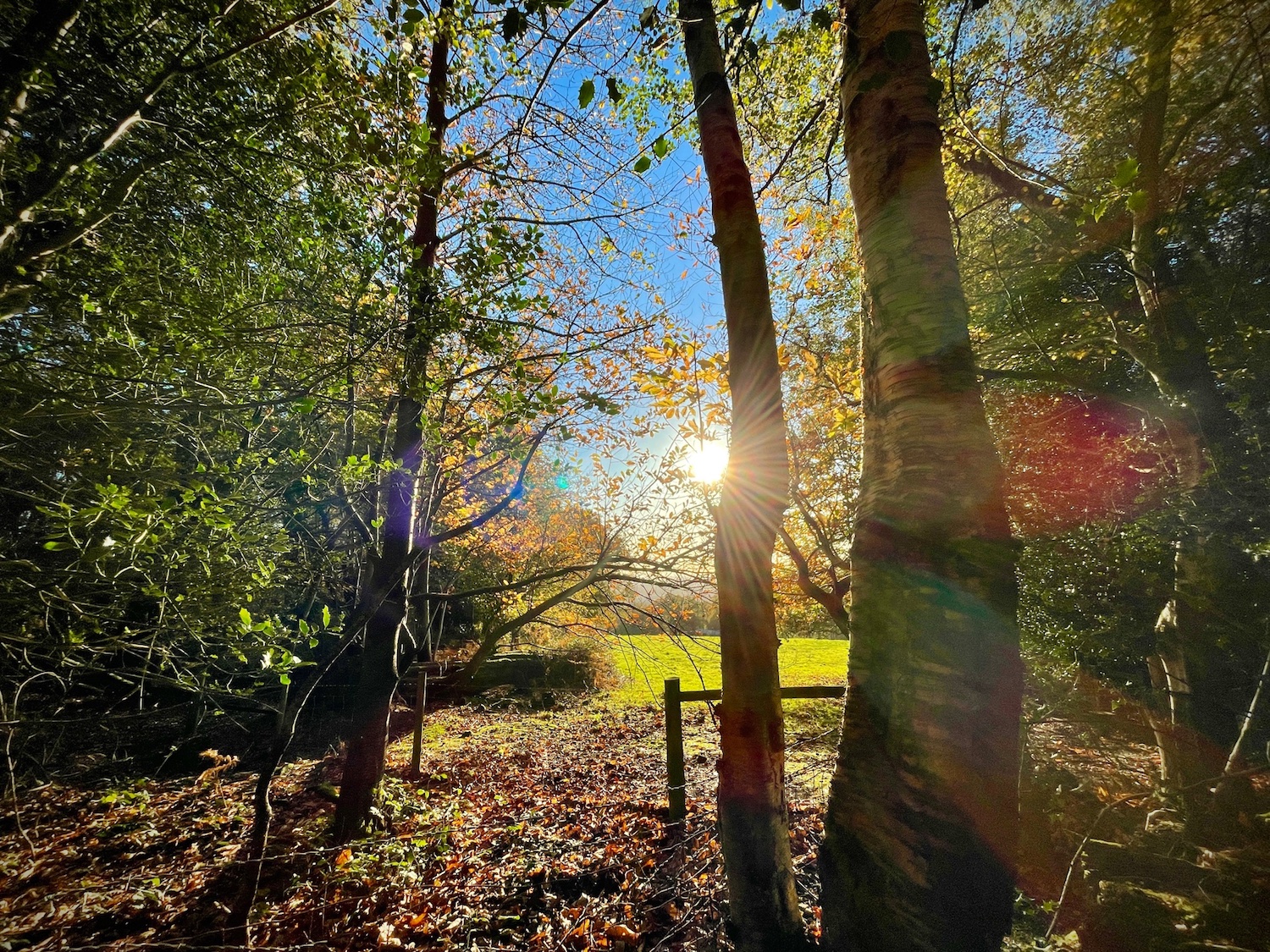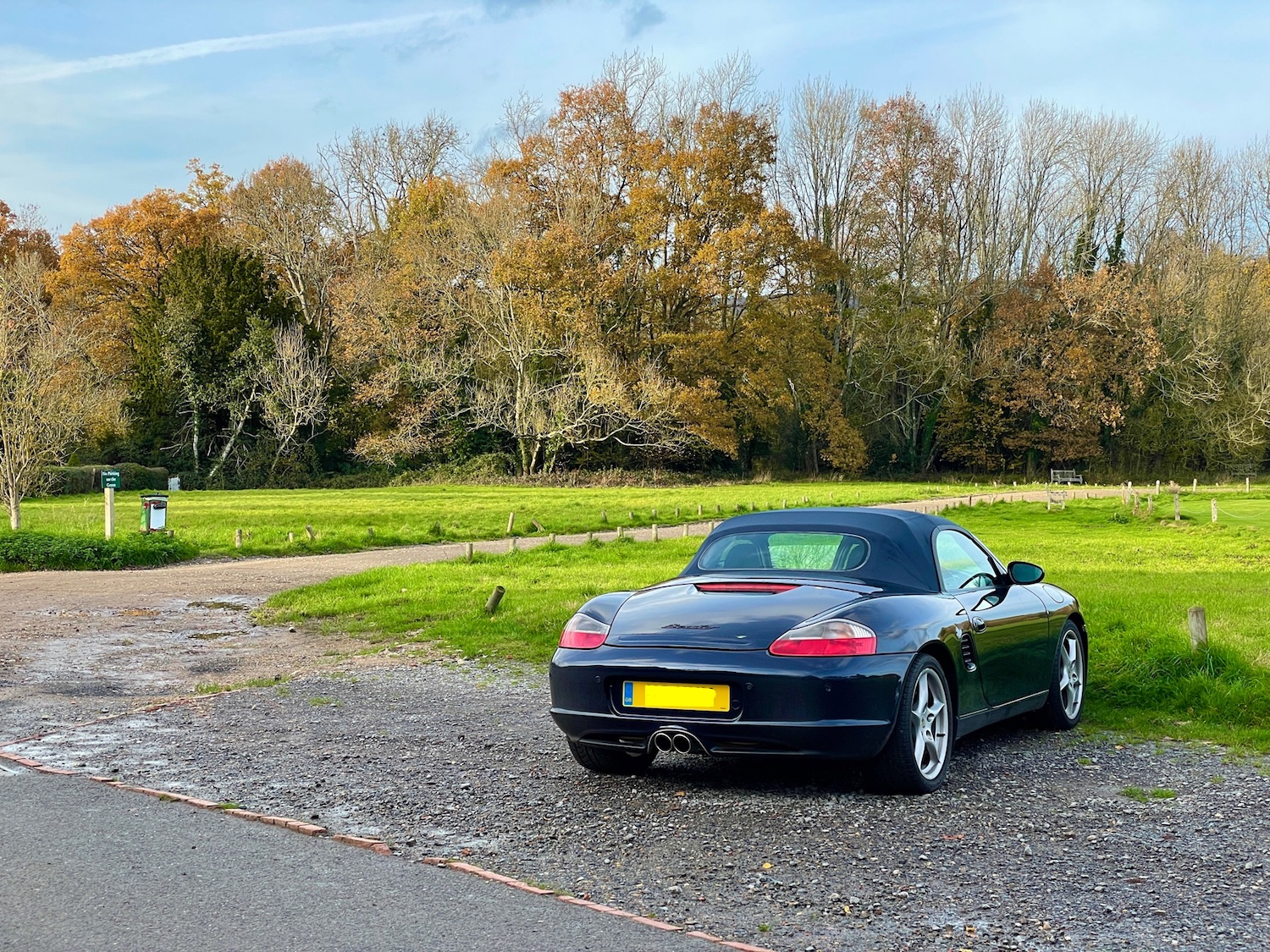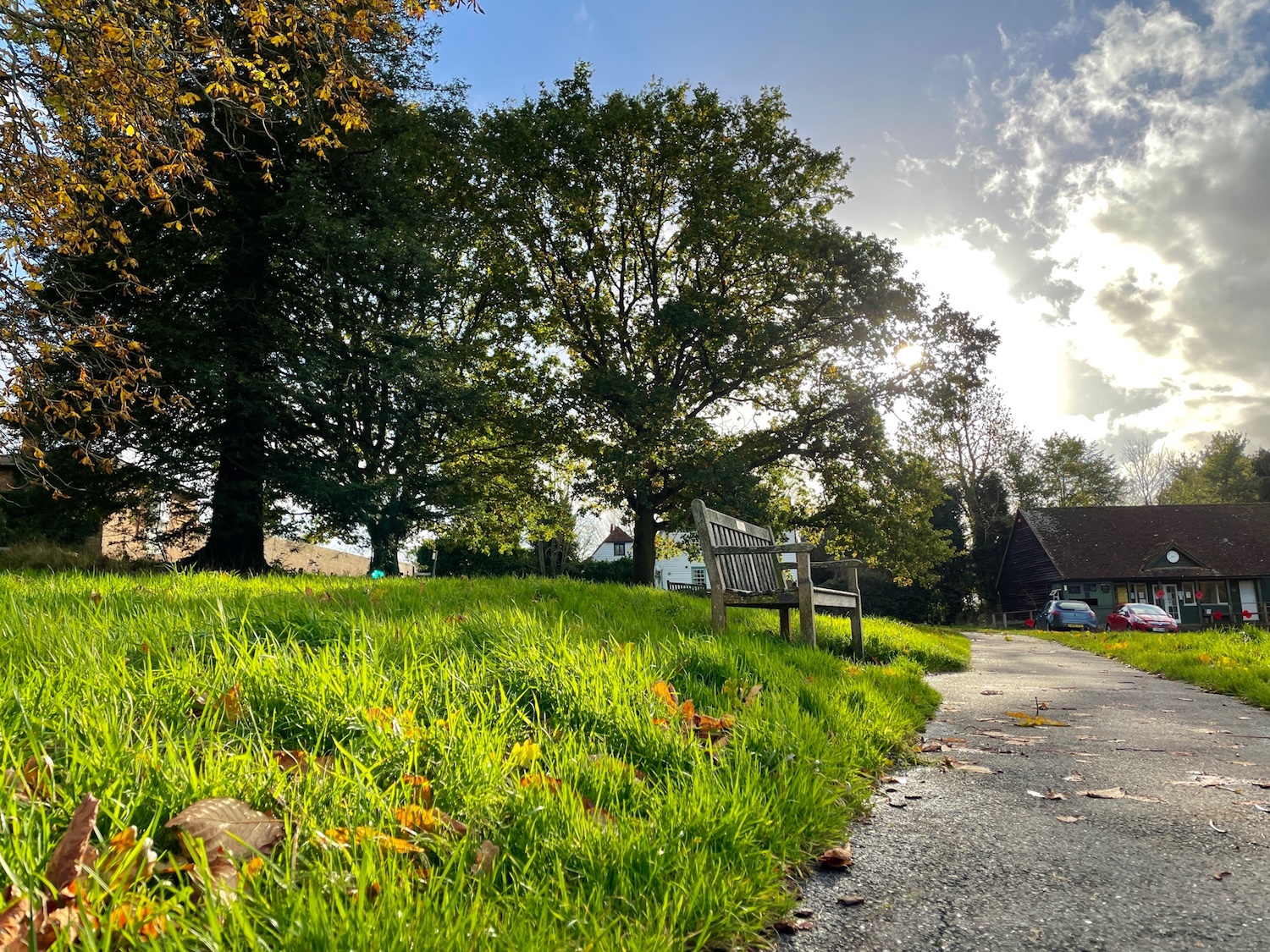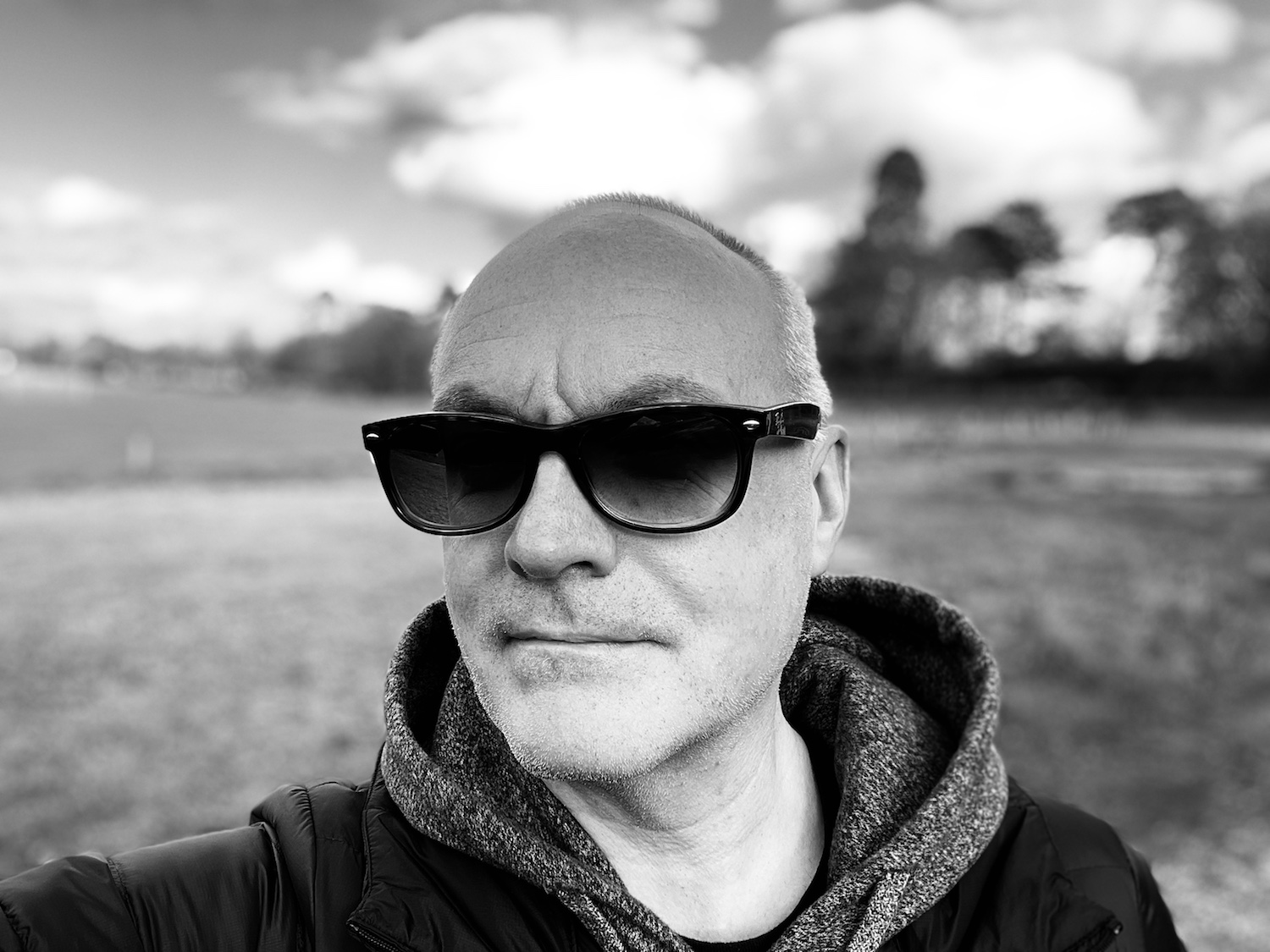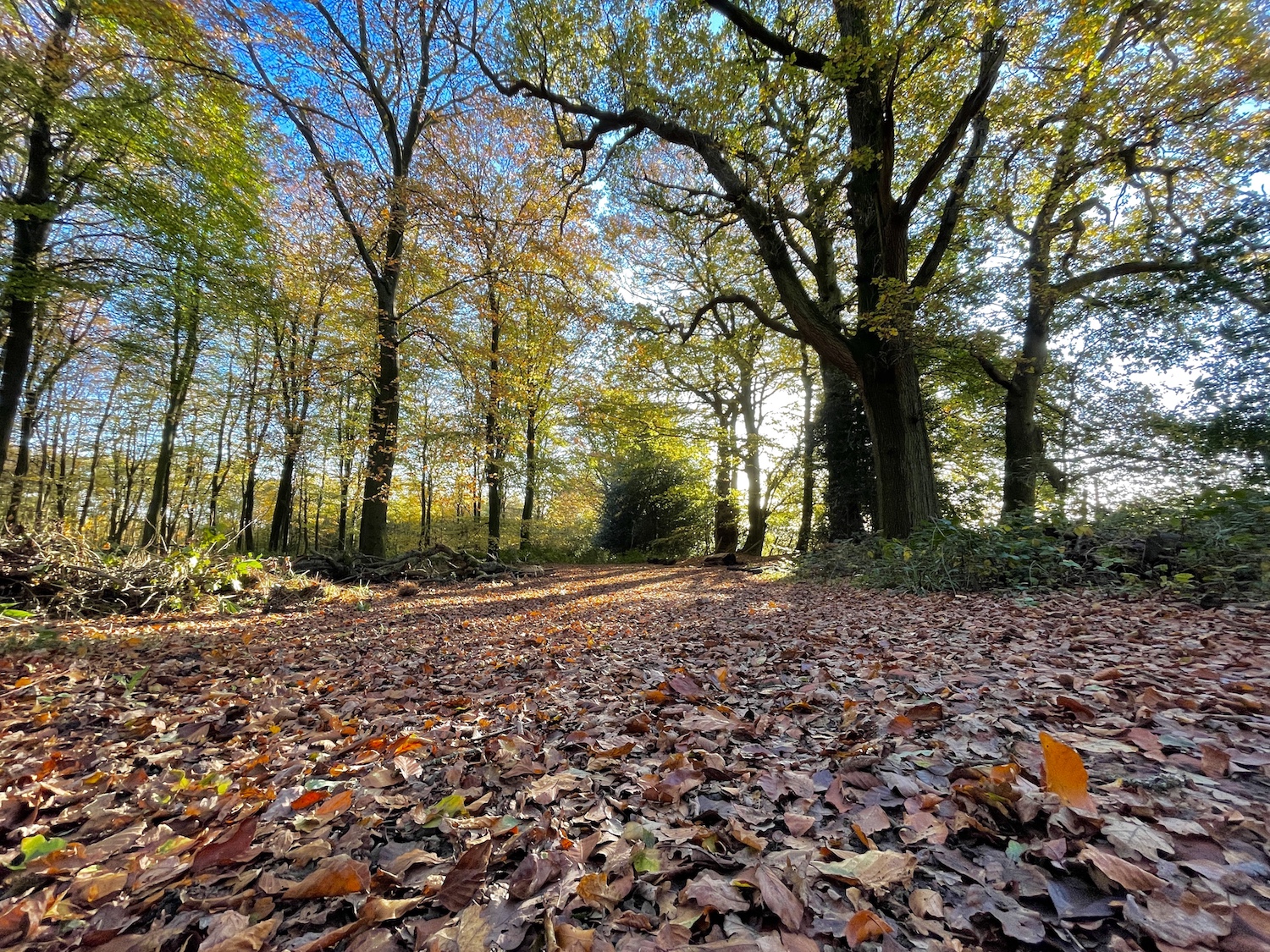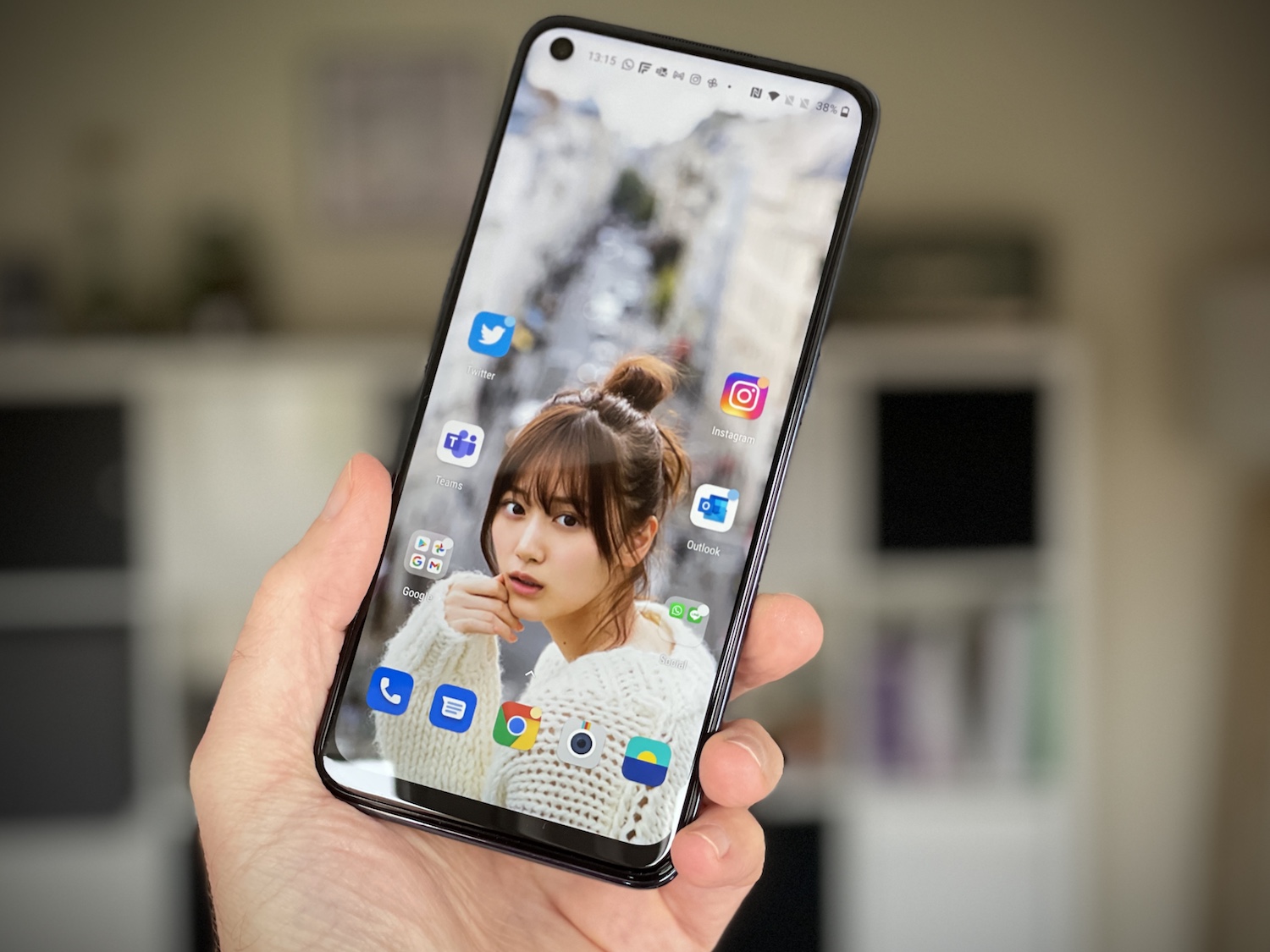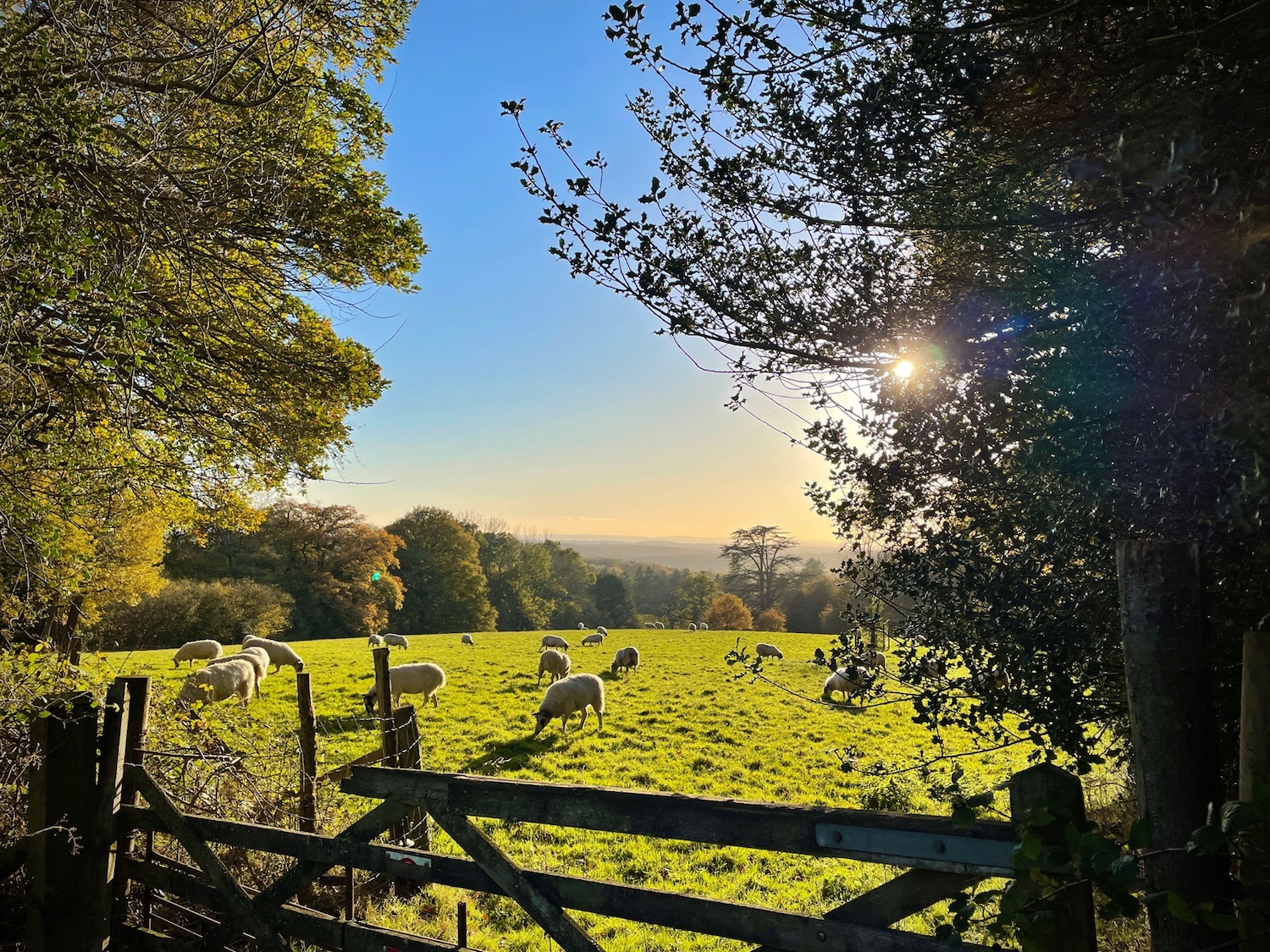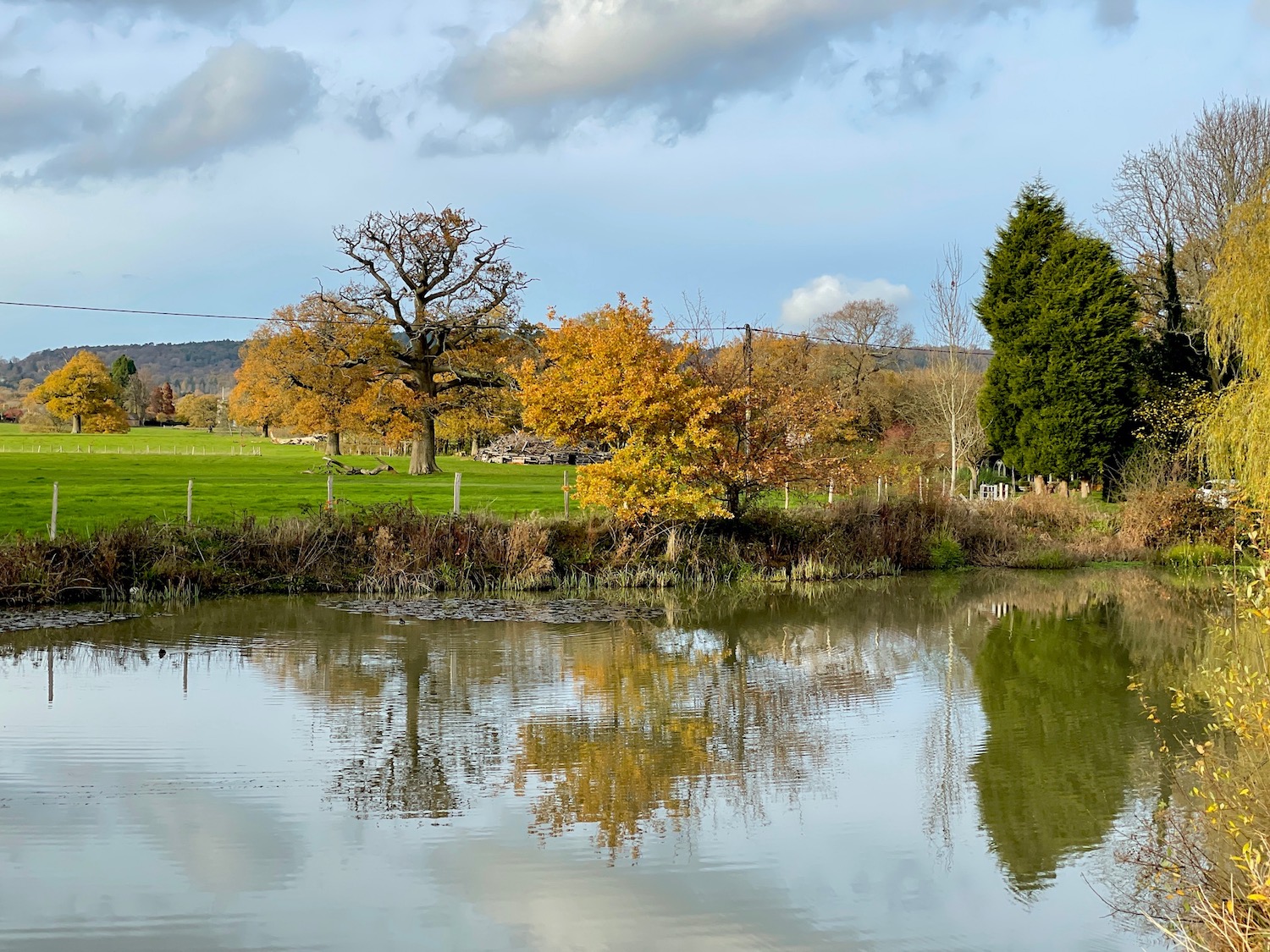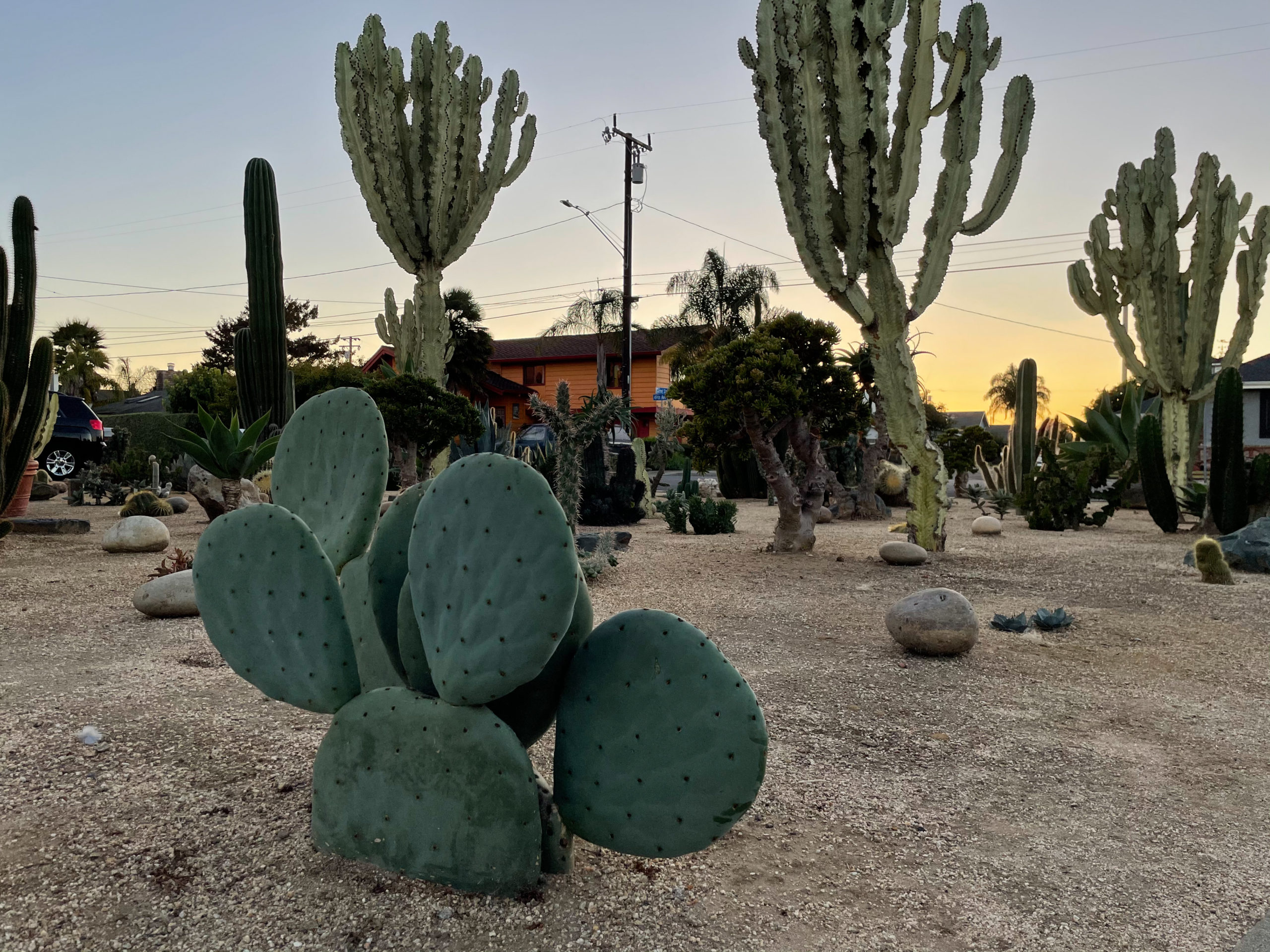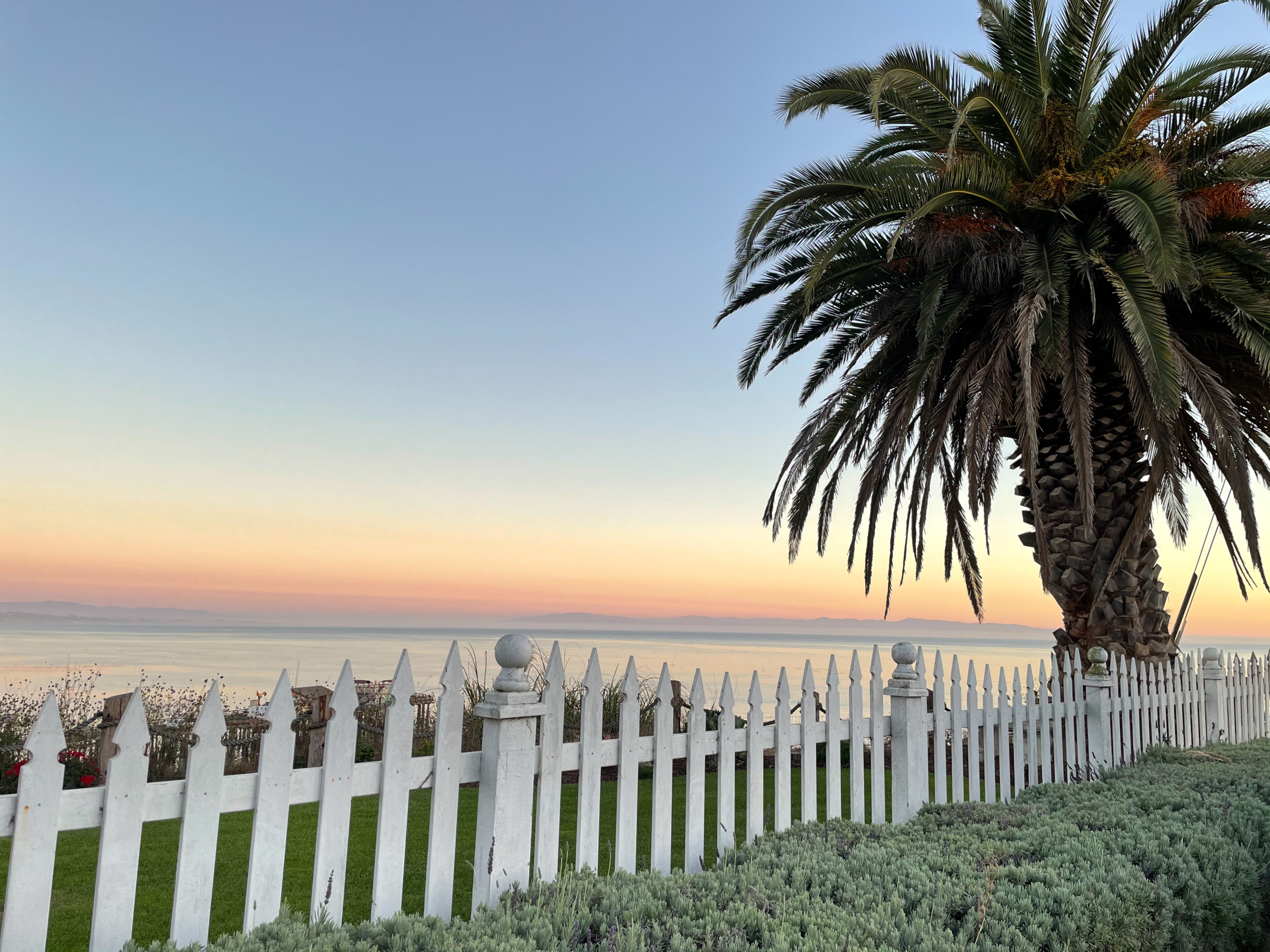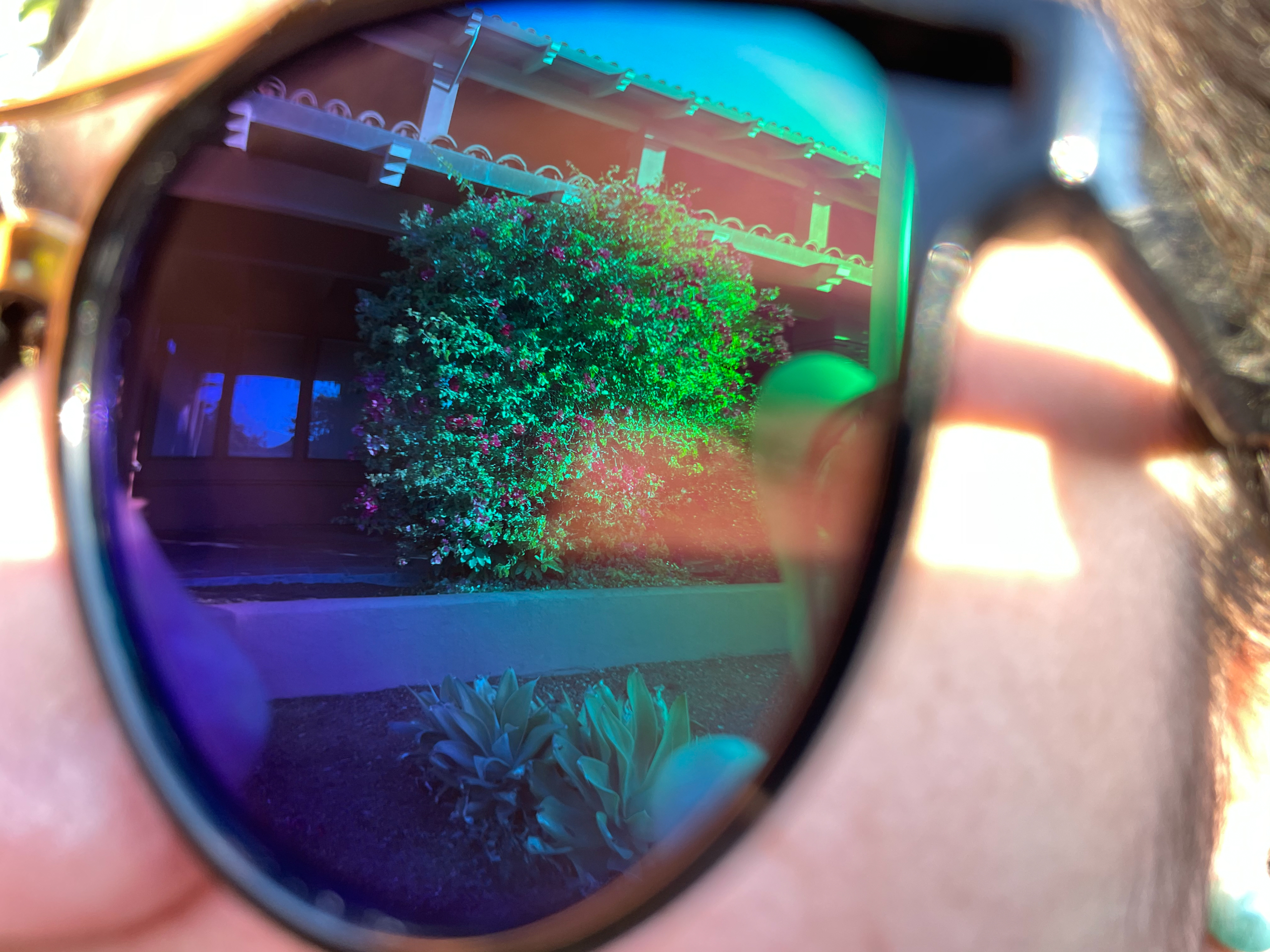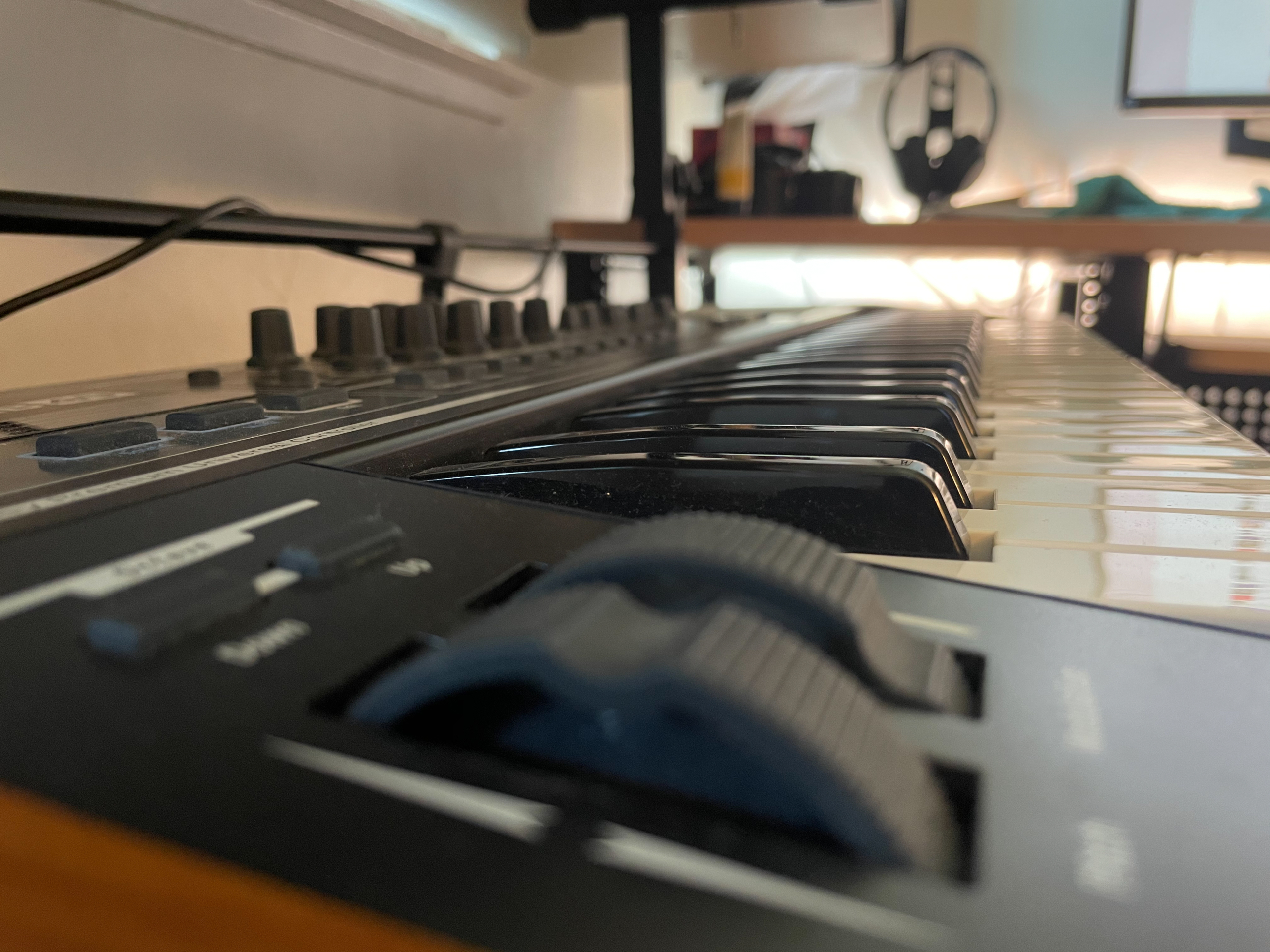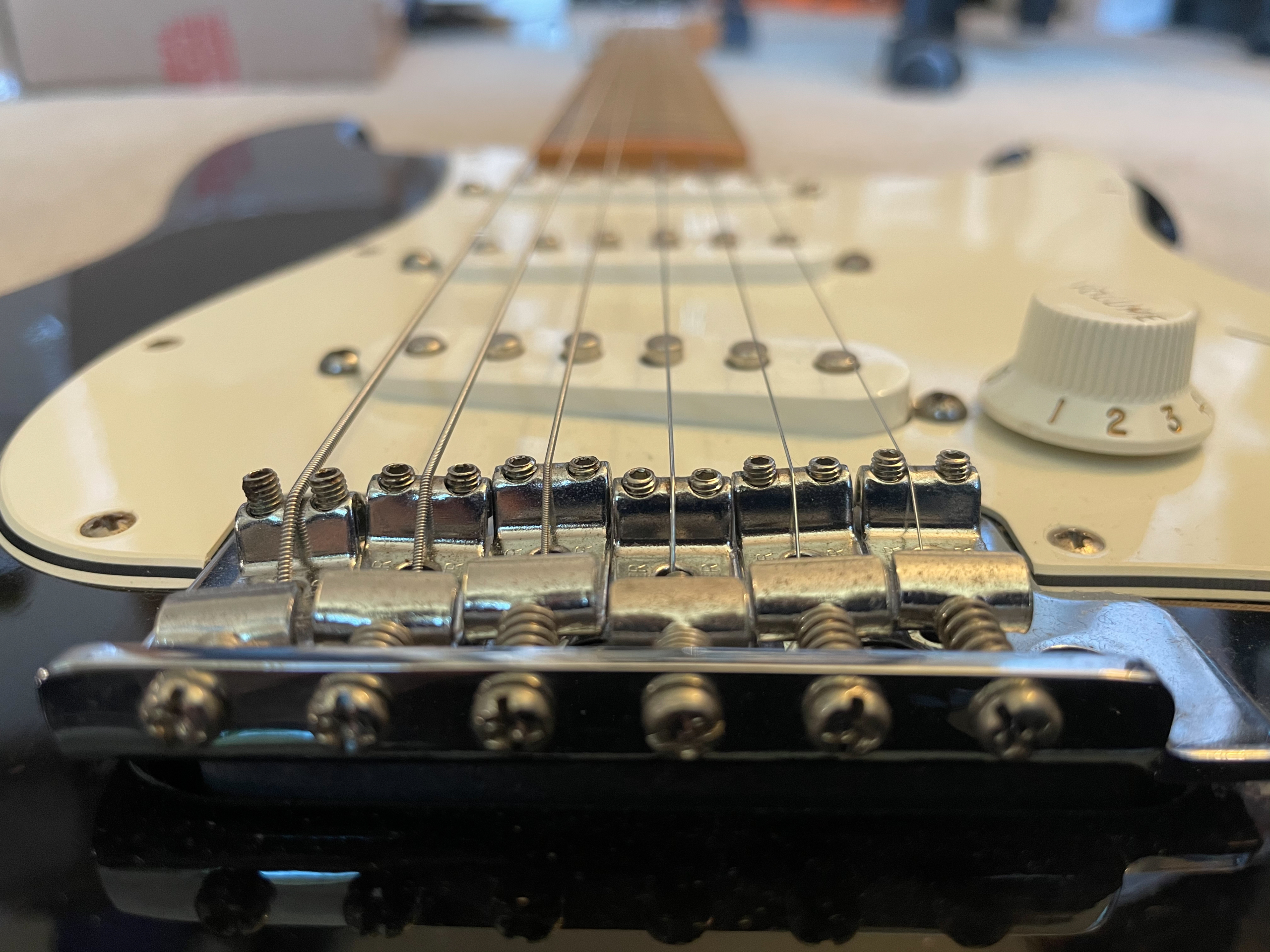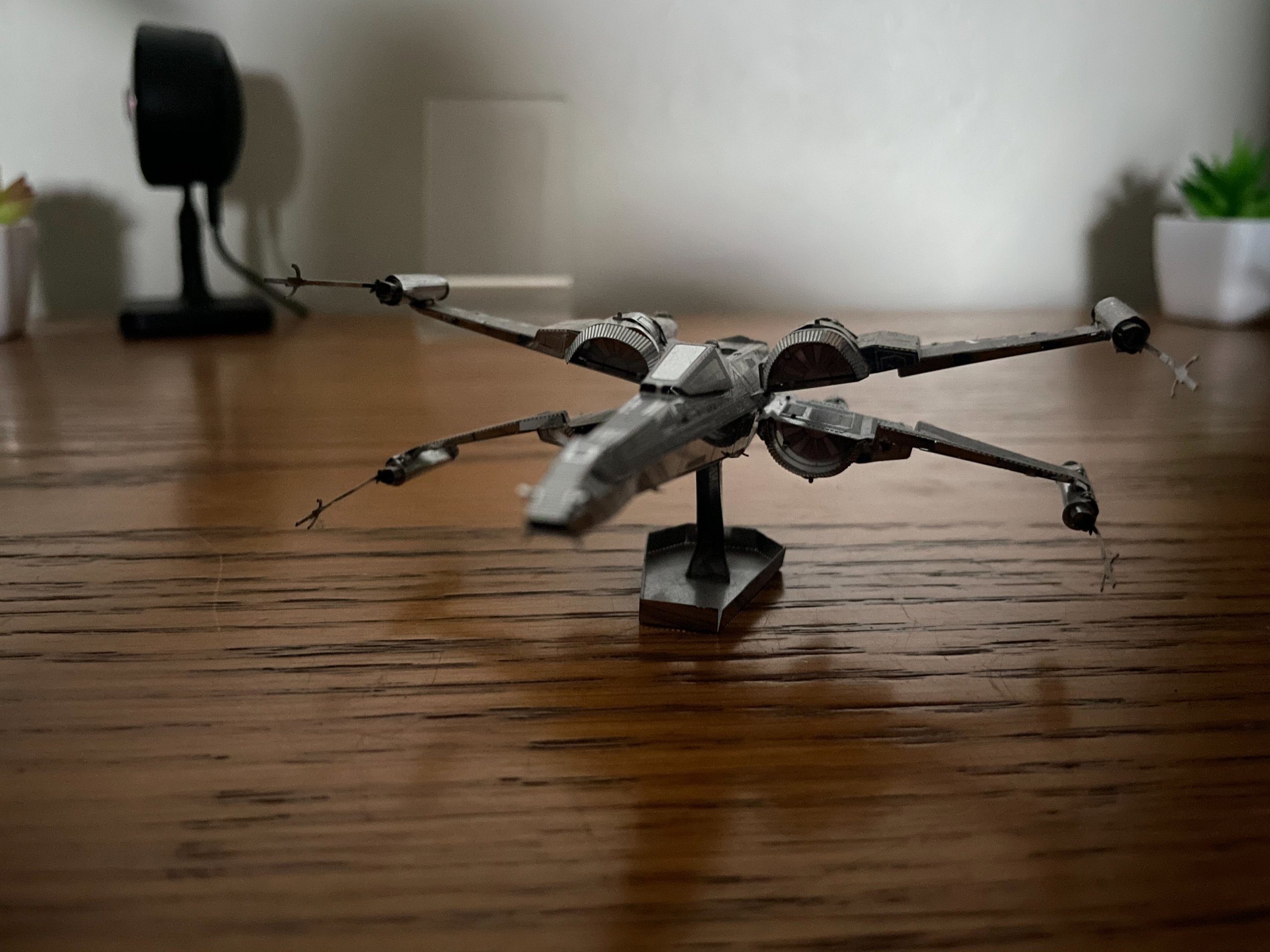Apple took a big step forward in camera quality with the iPhone 12 series, particularly when it comes to low-light performance. We spent several weeks with the 12 and 12 Pro, exploring the limits of the camera system and seeing how they respond to a variety of situations. From the main camera to the ultrawide and telephoto, as well as the selfie shooter.
Here are our favorite photos from the phones, and our takes on how they perform.
Andrew Martonik
Coming from a year of using the Google Pixel 4‘s astonishing Night Mode, the biggest surprise to me is how well the iPhone 12 handles low-light scenes. Night Mode engages seamlessly, taking multi-second exposures when necessary, but more often than not just slightly extending the capture time to get extra frames for a brilliant night scene. Apple’s processing can at times go overboard, bumping up the saturation and contrast to make scenes unnatural — but in any case, night photos are sharp and full of life.
And Apple didn’t forget about daytime performance, which is also superb. The 12-megapixel camera takes crisp, colorful, and balanced photos. What’s equally as impressive is the shot-to-shot consistency — you know that every time you press the shutter, you’re going to get a good shot. And if you plan a bit, use tap-to-focus, and frame properly, you can get something stunning. Portrait Mode isn’t necessary to get a great portrait, and you don’t need to mess with the extra lighting effects. Plus, you have the added variety from the ultrawide and zoom (on the 12 Pro) cameras if you want to mix things up.
I do have to say, things go to an entirely new level on the iPhone 12 Pro Max, which has a different main camera that’s nearly 50% larger than the 12 Pro. But to get my full analysis of that model, you’ll have to read my iPhone 12 Pro Max review.
Andy Boxall
Before you ask, the answer is yes, each one of my photos has been edited using the iPhone’s own editing suite — and I make no excuses for doing so. If this was a review, then I wouldn’t have touched the images, but this is about why I enjoy taking photos with the iPhone 12 Pro and showing some of the images I’ve taken so far that I like the most. What did I do? A few select tweaks to highlights, shadows, saturation, and sometimes black levels. The selfie is the only one with a filter from the iPhone’s library applied.
Part of the iPhone’s appeal is the camera’s natural color palette, its versatility, and all-around reliability to take a great photo. The excellent software then gives me the chance to tweak the photo a little to get exactly the look I was after. It takes just moments to do, doesn’t require an intimate knowledge of the technical side of photography, and is easily reversed if you mess it up.
To be clear, there was nothing wrong with the photos before editing, and my changes (outside of the selfie) were not extensive. But I want my personal photos to look the way I imagined, and if they didn’t quite meet my expectations immediately, the iPhone’s power and flexibility make it easy to change that. Whether it’s portrait mode on the selfie camera or the rear camera, wide-angle, or 2x zoom, the iPhone 12 Pro (like its predecessor) will almost certainly be the camera I reach for when I want to be sure of the final outcome, whether I have to help it along or not.
Christian de Looper
As someone who has been mostly using the iPhone 11 Pro as a daily driver, I was surprised how similar the overall experience using the standard iPhone 12 is on the day-to-day. That’s a good thing — sure, the Pro models have an extra lens and the Pro Max has slightly better specs this time around, but don’t assume you’re getting an inferior camera in the standard model.
I don’t often take many low-light photos unless I’m rigorously testing a camera, but I do take some mid-light shots every now and then, so the wider aperture is still useful. The result of that is that low-light and mid-light photos are more detailed, and it shows. Particularly if you zoom in and inspect the details.
In well-lit environments, the upgrades are less apparent — but it’s still clear that you’re getting one of the best smartphone cameras in the iPhone 12. Tech like Deep Fusion on the ultrawide camera is also important. I don’t use the ultrawide lens all that much, but when I do, it’s clear that shots were more detailed and close in quality to the main camera. Also, despite the fact that the iPhone 12 doesn’t have a lidar sensor like the 12 Pro, it focuses quickly and accurately the vast majority of the time.
